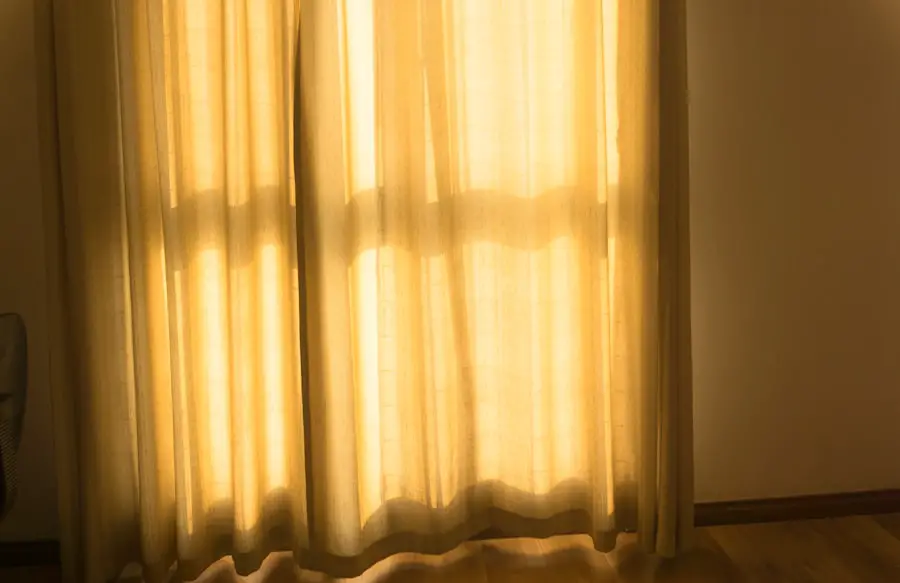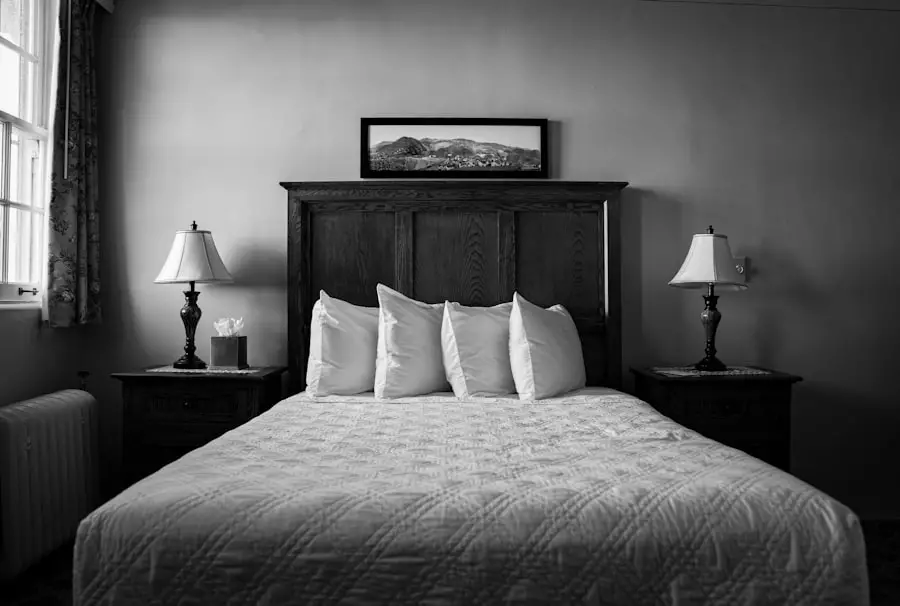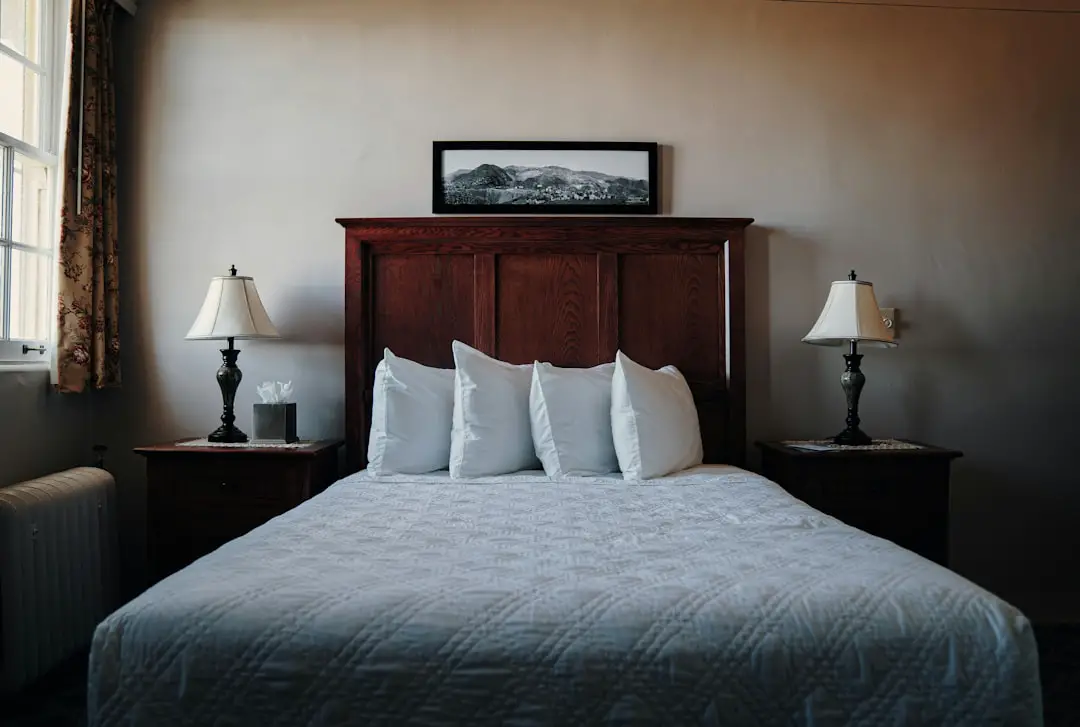The Overlook Hotel, a fictional establishment that serves as the haunting backdrop for Stephen King’s “The Shining,” draws its inspiration from real-life locations, most notably the Stanley Hotel in Estes Park, Colorado. This historic hotel, built in 1909, is renowned for its stunning views of the Rocky Mountains and its rich history. King first visited the Stanley in 1974, where he and his wife stayed in room 217.
The eerie ambiance of the hotel, combined with its isolation and grandeur, sparked King’s imagination and laid the groundwork for his chilling narrative. The hotel’s remote location, perched on a hill and surrounded by dense forests, provided an ideal setting for a story steeped in psychological horror and supernatural elements. The Stanley Hotel’s reputation as a haunted location further fueled King’s creativity.
Guests have reported numerous paranormal experiences, including sightings of ghostly apparitions and unexplained noises. These accounts of spectral encounters resonated with King, who sought to explore themes of isolation and madness in his writing. The hotel’s history, marked by its opulent beginnings and subsequent decline, mirrors the descent into chaos experienced by the Torrance family in “The Shining.” The juxtaposition of the hotel’s grandeur with its haunted past serves as a powerful metaphor for the psychological unraveling that occurs within its walls.
Key Takeaways
- The Overlook Hotel was inspired by the Stanley Hotel in Colorado, where Stephen King stayed and experienced paranormal activity.
- Stephen King’s own experiences and fears heavily influenced the creation of the Overlook Hotel in his novel “The Shining.”
- The Stanley Hotel has a haunted history, with numerous reported ghost sightings and unexplained phenomena.
- The Overlook Hotel plays a central role in “The Shining,” serving as a character in its own right and reflecting the psychological themes of the story.
- The unique architecture and design of the Overlook Hotel, as described in the novel, contribute to its eerie and unsettling atmosphere.
Stephen King’s Influence and Inspiration
Stephen King’s literary career is characterized by his ability to weave personal experiences and observations into his narratives, creating stories that resonate with readers on multiple levels. His time at the Stanley Hotel was pivotal, not only as a source of inspiration for “The Shining” but also as a reflection of his own struggles with addiction and personal demons. The isolation experienced by Jack Torrance, the protagonist of “The Shining,” mirrors King’s own battles with substance abuse during the early years of his career.
This connection between the author and his characters adds depth to the narrative, allowing readers to engage with the psychological complexities of the story. King’s fascination with the supernatural is evident throughout his body of work, but “The Shining” stands out as a profound exploration of fear and madness. The Overlook Hotel serves as a character in its own right, embodying the malevolent forces that drive Jack Torrance to the brink of insanity.
King’s ability to infuse real-life experiences into his fiction creates a sense of authenticity that resonates with readers. The themes of isolation, familial dysfunction, and the struggle against inner demons are not only central to “The Shining” but also reflect King’s own journey as a writer grappling with his fears and insecurities.
The Haunted History of The Stanley Hotel

The Stanley Hotel’s haunted reputation is steeped in history and folklore, making it a focal point for ghost hunters and paranormal enthusiasts alike. Famed for its ghostly inhabitants, including F.O. Stanley himself and his wife Flora, the hotel has become synonymous with supernatural occurrences. Guests have reported hearing piano music emanating from empty rooms, witnessing apparitions in period clothing, and experiencing inexplicable cold spots throughout the building.
These stories have contributed to the hotel’s allure, drawing visitors eager to experience its haunted legacy firsthand. One of the most famous ghost stories associated with the Stanley Hotel involves room 217, where King stayed during his visit. According to legend, a housekeeper named Elizabeth Wilson was injured in an explosion in the room in the 1910s. Since then, guests have reported encounters with her spirit, often describing her as a benevolent presence who tidies up their belongings or even tucks them into bed. This blend of history and haunting has solidified the Stanley’s status as a must-visit destination for those intrigued by the paranormal, further enhancing its connection to “The Shining.”
The Overlook Hotel’s Role in The Shining
| Metrics | Data |
|---|---|
| Opening Year | 1909 |
| Location | Colorado, USA |
| Role in The Shining | Setting for the horror novel and film |
| Architectural Style | Georgian Revival |
| Notable Features | Hedge maze, ballroom, Room 237 |
In “The Shining,” the Overlook Hotel is not merely a setting; it is an integral part of the narrative that shapes the characters’ experiences and drives the plot forward. The hotel’s vastness and isolation create an atmosphere of entrapment for Jack Torrance and his family. As winter descends upon the hotel, they become increasingly cut off from the outside world, amplifying Jack’s descent into madness.
The Overlook’s labyrinthine corridors and eerie rooms serve as a physical manifestation of Jack’s deteriorating mental state, blurring the lines between reality and hallucination.
The hotel’s history is steeped in violence and tragedy, which plays a crucial role in influencing Jack’s behavior.As he becomes more entwined with the hotel’s dark past, he is driven to commit acts of violence against his family. This interplay between Jack’s psyche and the Overlook’s malevolent influence underscores the novel’s exploration of how environment can shape human behavior, making the hotel itself a character that embodies fear and madness.
The Overlook Hotel’s Unique Architecture and Design
The architectural design of the Overlook Hotel is emblematic of early 20th-century American resort architecture, characterized by its grandiose style and attention to detail. Inspired by hotels like the Ahwahnee Hotel in Yosemite National Park and the Mount Washington Hotel in New Hampshire, the Overlook features expansive lobbies, intricate woodwork, and sweeping views that evoke a sense of opulence. Its sprawling layout includes numerous guest rooms, ballrooms, and recreational areas designed to cater to affluent visitors seeking leisure amidst nature.
The hotel’s design also contributes to its haunting atmosphere. The vast hallways and empty spaces create an unsettling sense of isolation that mirrors Jack Torrance’s psychological unraveling. The use of rich colors and ornate furnishings contrasts sharply with the dark themes explored in “The Shining,” highlighting the duality of beauty and horror present within the Overlook’s walls.
This architectural dichotomy serves to enhance the tension throughout the narrative, as characters navigate both physical spaces and their own inner turmoil.
The Overlook Hotel’s Impact on Pop Culture

Since its publication in 1977, “The Shining” has left an indelible mark on popular culture, influencing countless adaptations across various media. Stanley Kubrick’s 1980 film adaptation further solidified the Overlook Hotel’s status as an iconic symbol of horror. Kubrick’s interpretation introduced new visual elements that heightened the sense of dread associated with the hotel, such as the haunting imagery of blood pouring from elevators and the eerie presence of twin girls in blue dresses.
These visuals have become ingrained in popular culture, often referenced or parodied in other films, television shows, and even video games. The Overlook Hotel has transcended its fictional origins to become a cultural touchstone within horror literature and cinema. Its influence can be seen in various works that explore themes of isolation, madness, and supernatural terror.
From haunted house narratives to psychological thrillers, many creators have drawn inspiration from King’s portrayal of the Overlook as a place where reality blurs with nightmare. This cultural resonance speaks to the universal fears that “The Shining” encapsulates—fear of losing control, fear of isolation, and fear of what lurks within both ourselves and our surroundings.
Exploring the Psychological Themes of The Shining
At its core, “The Shining” delves into profound psychological themes that resonate deeply with readers. The novel explores the fragility of sanity through Jack Torrance’s gradual descent into madness, driven by external pressures from both his environment and his internal struggles. As Jack grapples with his past failures as a writer and father, he becomes increasingly susceptible to the Overlook Hotel’s malevolent influence.
This psychological unraveling is compounded by themes of addiction; Jack’s battle with alcoholism serves as a parallel to his struggle against the hotel’s dark forces. Moreover, “The Shining” examines familial dynamics under extreme stress. Wendy Torrance’s role as both caretaker and protector highlights her resilience in confronting Jack’s violent tendencies while navigating her own fears for their son Danny’s safety.
Danny’s psychic abilities further complicate their situation; he perceives the hotel’s sinister nature long before his parents do. This interplay between family relationships and psychological trauma underscores how external environments can exacerbate internal conflicts, making “The Shining” not just a horror story but also a poignant exploration of human vulnerability.
The Legacy of The Shining and the Overlook Hotel
“The Shining” has established itself as a cornerstone of horror literature and cinema, influencing generations of writers and filmmakers alike. Its legacy extends beyond mere entertainment; it has sparked discussions about mental health, addiction, and familial relationships within high-stress environments. The Overlook Hotel remains an enduring symbol of fear—a place where personal demons manifest into tangible horrors that threaten not only individual sanity but also familial bonds.
As adaptations continue to emerge—whether through remakes or reinterpretations—the essence of King’s original narrative persists. The Overlook Hotel serves as a reminder that our environments can shape our realities in profound ways; it embodies both beauty and terror while reflecting our deepest fears about isolation and madness. In this way, “The Shining” transcends its genre to become a timeless exploration of what it means to confront one’s inner darkness amidst external chaos—a theme that resonates just as powerfully today as it did upon its initial publication.
If you’re planning a trip to a hotel similar to the one in “The Shining,” you may want to consider investing in some portable phone chargers to ensure you stay connected during your getaway. Check out this article on 3 Portable Phone Chargers You Need for Your Next Getaway for some recommendations on reliable options.
FAQs
What hotel is “The Shining” based on?
“The Shining” is based on the Stanley Hotel in Estes Park, Colorado. The author, Stephen King, was inspired to write the novel after staying at the hotel in 1974.
Is the Stanley Hotel the same as the Overlook Hotel in “The Shining”?
While the Stanley Hotel served as the inspiration for the Overlook Hotel in “The Shining,” the two are not the same. The Overlook Hotel is a fictional creation by Stephen King, based on his experiences at the Stanley Hotel.
Did the Stanley Hotel embrace its connection to “The Shining”?
Yes, the Stanley Hotel has embraced its connection to “The Shining” and offers tours and events related to the novel and film. The hotel also has a room (Room 217) that is specifically associated with the story.
Has “The Shining” movie been filmed at the Stanley Hotel?
No, the exterior shots of the Overlook Hotel in the 1980 film adaptation of “The Shining” were actually filmed at the Timberline Lodge in Oregon. However, the Stanley Hotel’s influence is still evident in the film’s design and atmosphere.
